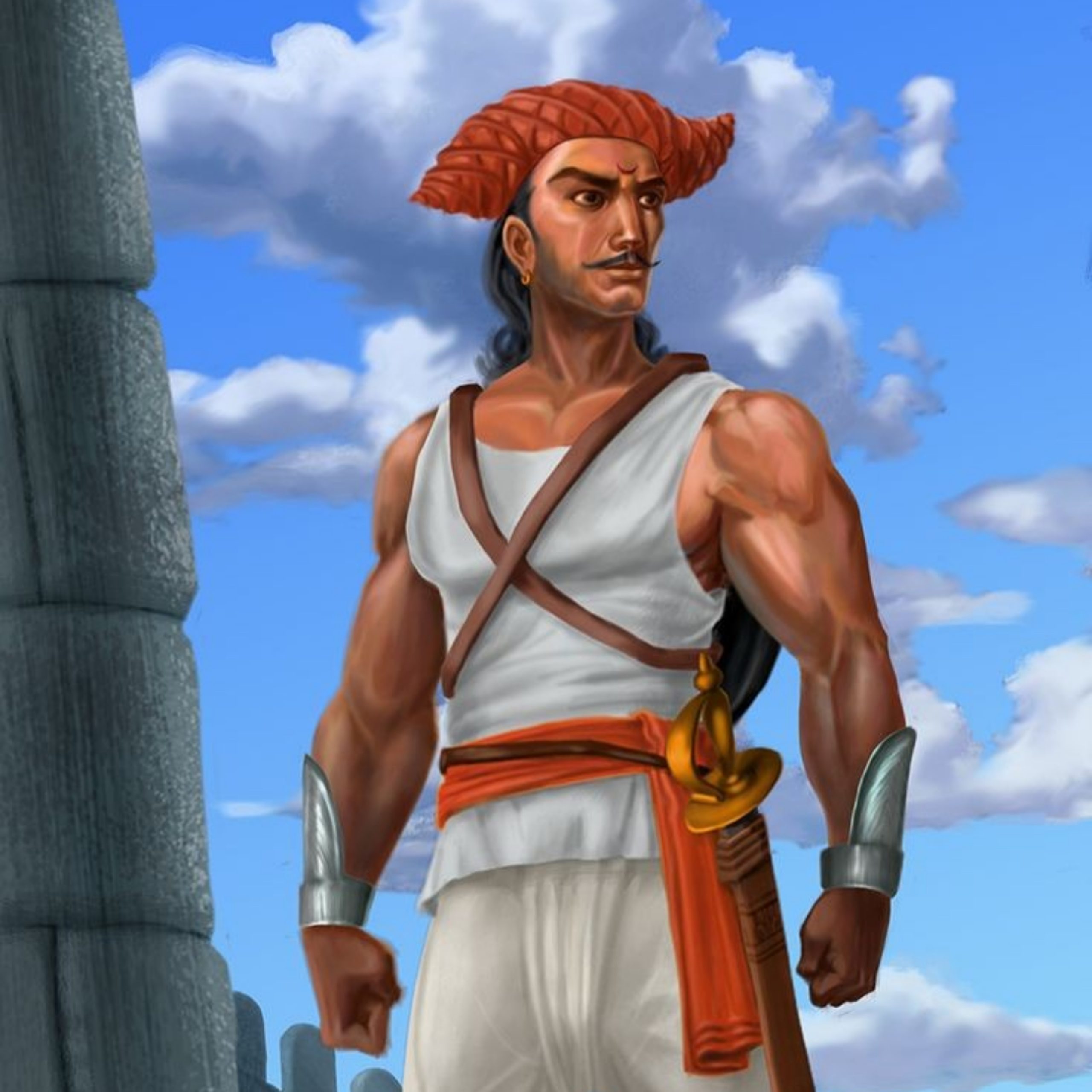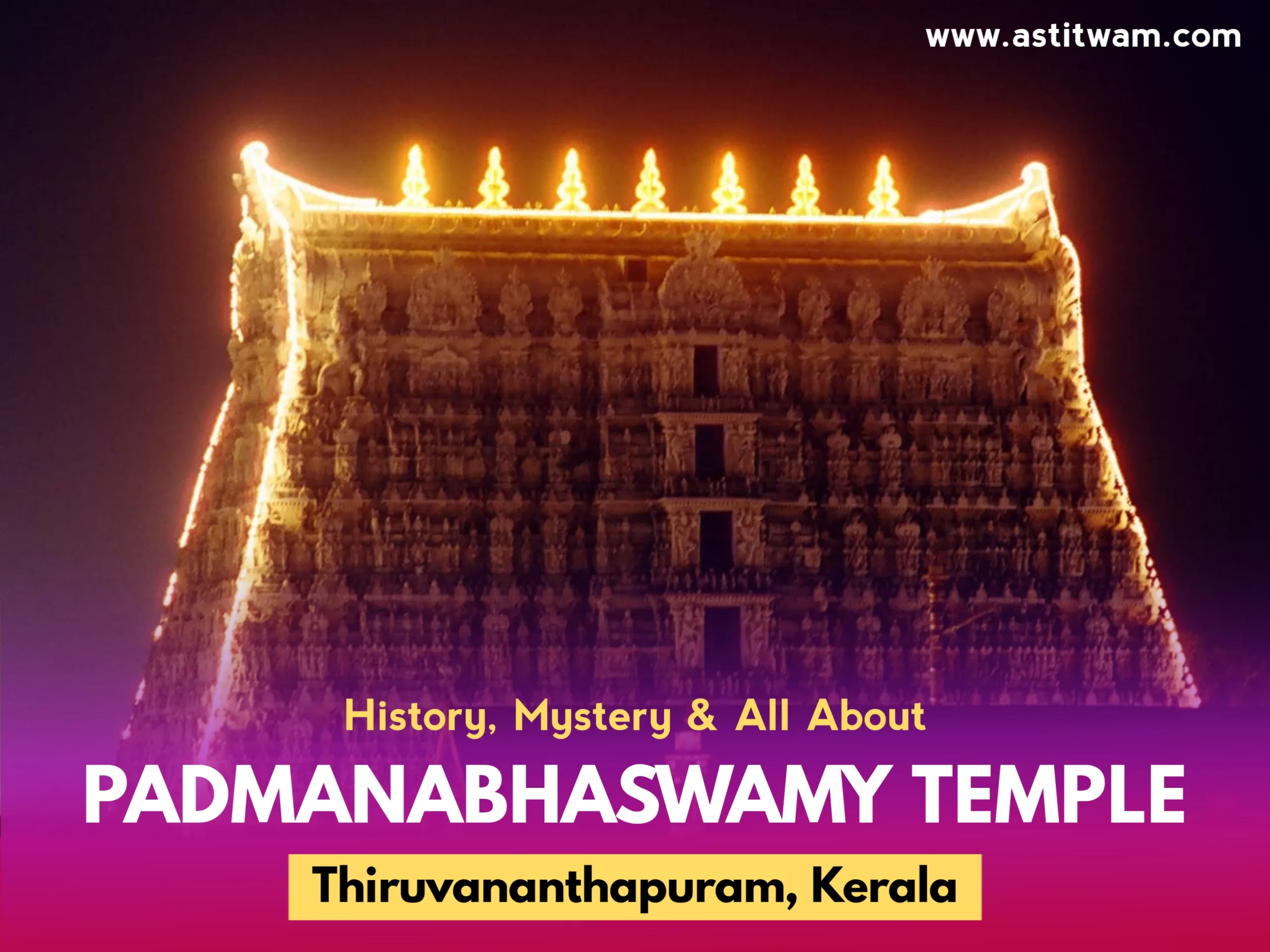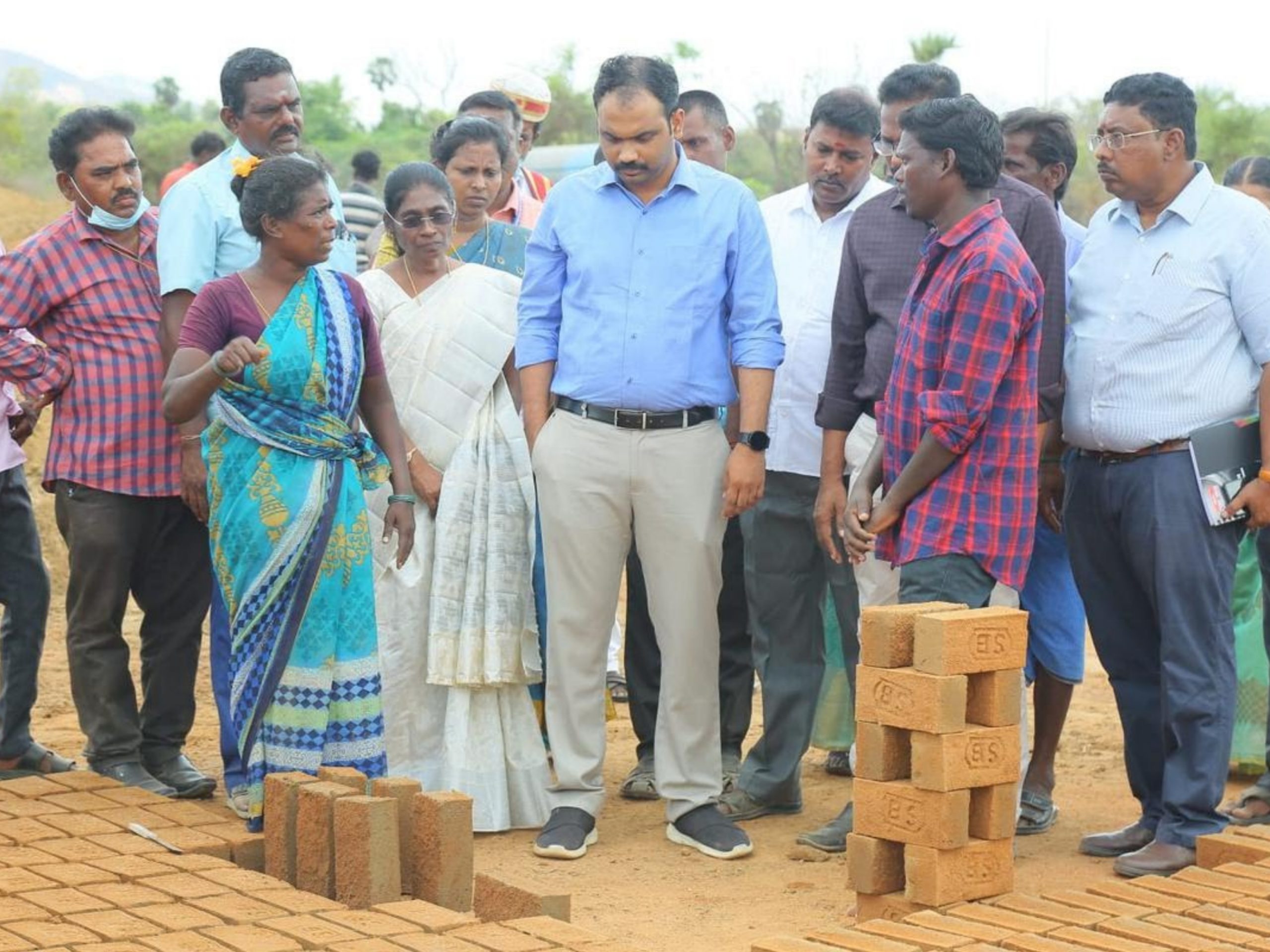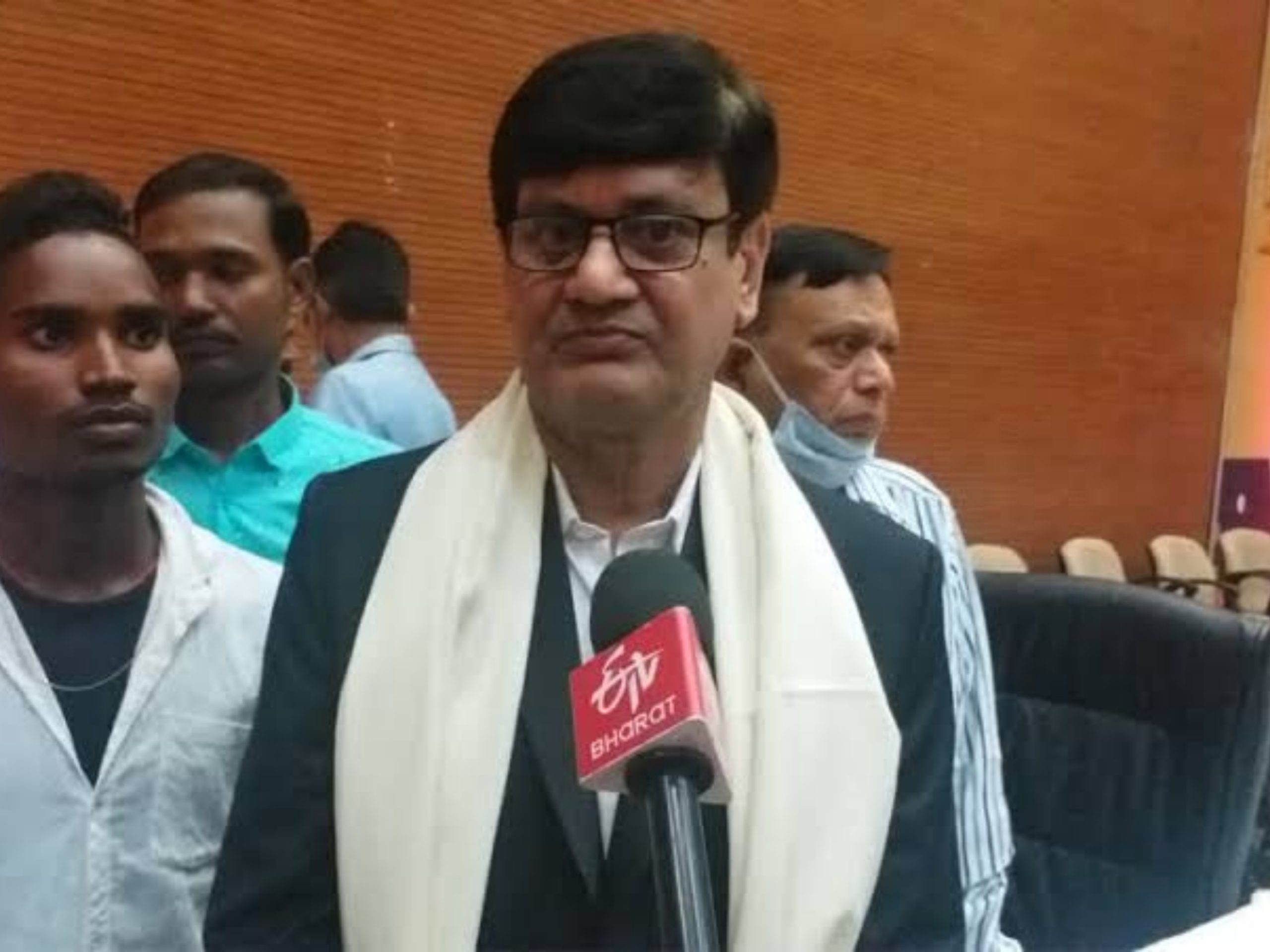Chhatrapati Shivaji Maharaj
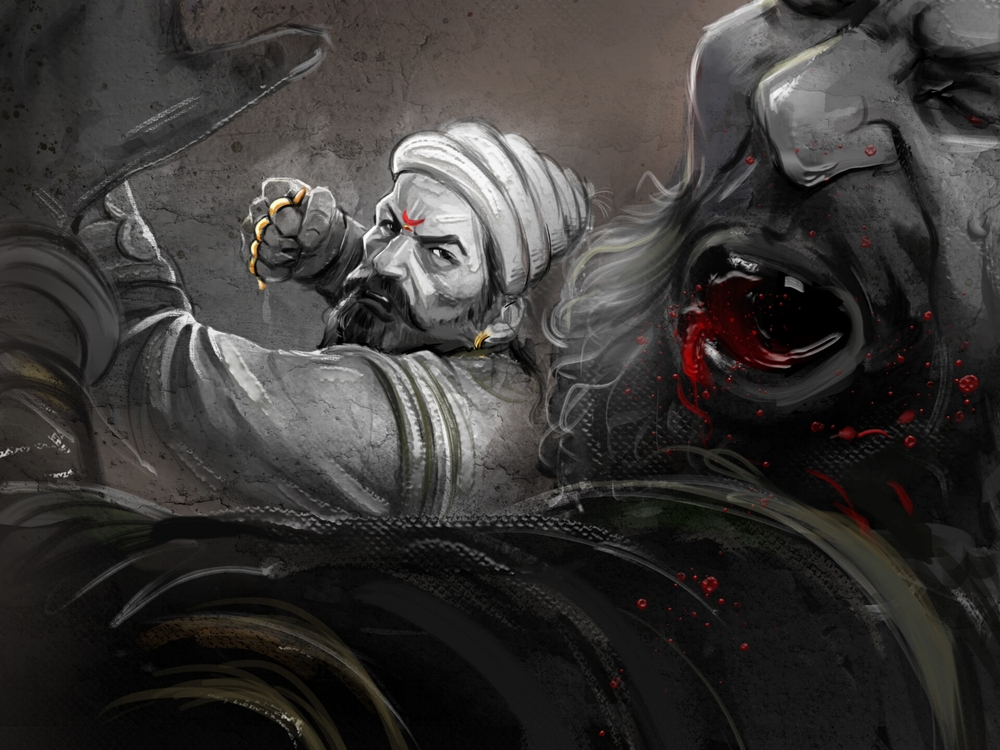
Shivaji Bhonsle I c.19 February 1630 – 3 April 1680), also referred to as Chhatrapati Shivaji Maharaj was an Indian ruler and a member of the Bhonsle Maratha clan. Eventually, Shivaji carved out his own independent kingdom from the declining Adilshahi sultanate of Bijapur which formed the genesis of the Maratha Empire. In 1674, he was formally crowned the Chhatrapati of his realm at Raigad Fort.
Over the course of his life, Shivaji engaged in both alliances and hostilities with the Mughal Empire, the Sultanate of Golkonda, the Sultanate of Bijapur, and the European colonial powers. Shivaji’s military forces expanded the Maratha sphere of influence, capturing and building forts, and forming a Maratha navy. Shivaji established a competent and progressive civil rule with well-structured administrative organizations. He revived ancient Hindu political traditions, and court conventions and promoted the usage of the Marathi and Sanskrit languages, replacing Persian in court and administration.
Shivaji’s legacy was to vary by observer and time, but nearly two centuries after his death, he began to take on increased importance with the emergence of the Indian independence movement, as many Indian nationalists elevated him as a proto-nationalist and hero of the Hindus.
The Bijapur sultanate was displeased at their losses to Shivaji’s forces, which their vassal Shahaji disavowed. After a peace treaty with the Mughals, and the general acceptance of the young Ali Adil Shah II as the sultan, the Bijapur government became more stable, and turned its attention towards Shivaji. In 1657 the sultan, or more likely his mother and regent, sent Afzal Khan, a veteran general, to arrest Shivaji. Before engaging him, the Bijapuri forces desecrated the Tulja Bhavani Temple, holy to Shivaji’s family, and the Vithoba temple at Pandharpur, a major pilgrimage site for the Hindus.
Pursued by Bijapuri forces, Shivaji retreated to Pratapgad fort, where many of his colleagues pressed him to surrender. The two forces found themselves at a stalemate, with Shivaji unable to break the siege, while Afzal Khan, having a powerful cavalry but lacking siege equipment, was unable to take the fort. After two months, Afzal Khan sent an envoy to Shivaji suggesting the two leaders meet in private outside the fort for negotiations.
The two met in a hut at the foothills of Pratapgad fort on 10 November 1659. The arrangements had dictated that each come armed only with a sword, and attended by one follower. Shivaji, suspecting Afzal Khan would arrest or attack him, wore armour beneath his clothes, concealed a bagh nakh (metal “tiger claw”) on his left arm, and had a dagger in his right hand. The precise transpirings are not recoverable to historical certainty and remains enmeshed with legends in Maratha sources; however, they agree upon the fact that the protagonists landed themselves in a physical struggle which would prove fatal for Khan. Khan’s dagger failed to pierce Shivaji’s armour, but Shivaji had him disemboweled; he then fired a cannon to signal his hidden troops to attack the Bijapuri army.
In the ensuing Battle of Pratapgarh fought on 10 November 1659, Shivaji’s forces decisively defeated the Bijapur Sultanate’s forces. More than 3,000 soldiers of the Bijapur army were killed and one sardar of high rank, two sons of Afzal Khan and two Maratha chiefs were taken prisoner. After the victory, a grand review was held by Shivaji below Pratapgarh. The captured enemy, both officers and men, were set free and sent back to their homes with money, food and other gifts. Marathas were rewarded accordingly.

